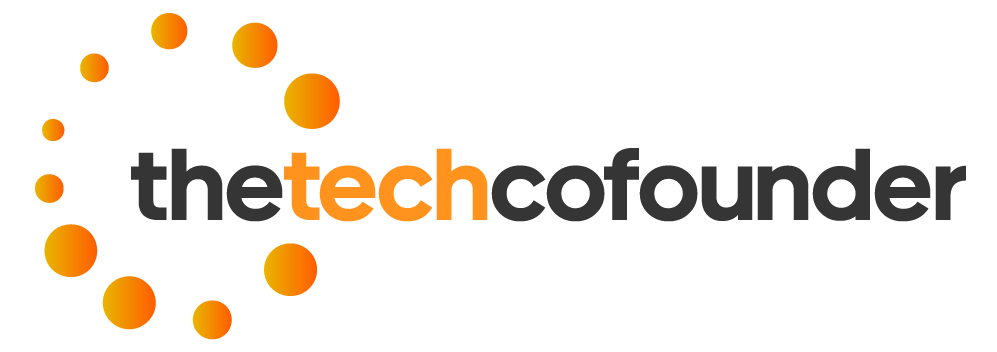In an era defined by rapid technological advancement and evolving global challenges, the role of data science in education has never been more crucial. By harnessing the power of data analytics and insights, educators can future-proof the learning experience, ensuring that students develop the skills and knowledge needed to thrive in a constantly changing world. Much like the strategic decision-making and analysis seen in crypto prop trading, where data analysis informs trading strategies, data science in education drives continuous learning and growth by providing valuable insights, optimizing instructional practices, and fostering innovation. Let’s explore how data science is reshaping education and preparing students for the future.
Understanding Data Science in Education
Data science in education involves the collection, analysis, and interpretation of data to inform instructional decisions, improve learning outcomes, and drive educational innovation. By leveraging advanced analytics techniques, such as predictive modeling, machine learning, and data visualization, educators can gain valuable insights into student performance, engagement, and learning progress.
Personalized Learning and Adaptive Instruction
One of the key benefits of data science in education is its ability to support personalized learning and adaptive instruction. By analyzing student data, such as assessment results, learning preferences, and behavior patterns, educators can tailor instruction to meet the unique needs and interests of each student.
For example, adaptive learning platforms use data science algorithms to adjust the difficulty level and pace of instruction based on individual student performance. If a student struggles with a particular concept, the platform may provide additional practice and support until mastery is achieved. This personalized approach ensures that every student receives the support they need to succeed, similar to how data-driven strategies optimize performance in crypto prop trading.
Early Intervention and Targeted Support
Data science enables educators to identify students who may be at risk of falling behind academically and provide targeted interventions to support their success. By analyzing student performance data and identifying patterns indicative of academic challenges, educators can intervene early and provide timely support to at-risk students.
For instance, predictive analytics algorithms can identify students who are at risk of failing a course based on indicators such as attendance records, grades, and engagement levels. Educators can then implement targeted interventions, such as additional tutoring, personalized learning plans, or academic counseling, to help these students succeed. This proactive approach to intervention mirrors the strategic risk management strategies employed in crypto prop trading, where data analysis informs decisions to mitigate risks and optimize performance.
Continuous Improvement and Innovation
Data science drives continuous improvement and innovation in education by providing educators with insights and tools to evaluate and refine instructional practices. By analyzing student performance data and feedback, educators can assess the effectiveness of teaching methods, curriculum materials, and educational technologies.
For example, data analytics can reveal which instructional strategies are most effective in promoting student engagement and learning outcomes. Educators can then refine their instructional practices based on these insights to enhance student learning experiences. This iterative process of improvement and innovation is similar to the continuous refinement of trading strategies in crypto prop trading, where data analysis informs decisions to adapt to changing market conditions and optimize performance.
Read also: Lawmakers Crypto Assets Ftxlikevolpicellipolitico
Predictive Modeling and Forecasting
Data science enables educators to anticipate future trends and challenges in education through predictive modeling and forecasting. By analyzing historical data and external factors, such as demographic trends, technological advancements, and economic conditions, educators can identify emerging trends and opportunities for innovation.
For instance, predictive modeling can help educators forecast demand for specific courses or programs, allowing them to allocate resources more effectively and respond to changing student needs. Similarly, in crypto prop trading, predictive models analyze market data to forecast price movements and identify potential investment opportunities.
Conclusion
Data science is reshaping education by driving continuous learning and growth, providing valuable insights, optimizing instructional practices, and fostering innovation. By harnessing the power of data analytics and insights, educators can future-proof the learning experience, ensuring that students develop the skills and knowledge needed to thrive in a constantly changing world.
Much like the strategic decision-making and analysis seen in crypto prop trading, where data analysis informs trading strategies, data science in education drives continuous learning and growth by providing valuable insights, optimizing instructional practices, and fostering innovation. As technology continues to evolve, the role of data science in education will only continue to grow, offering new opportunities and possibilities for educators to enhance student learning experiences and prepare students for the future.







